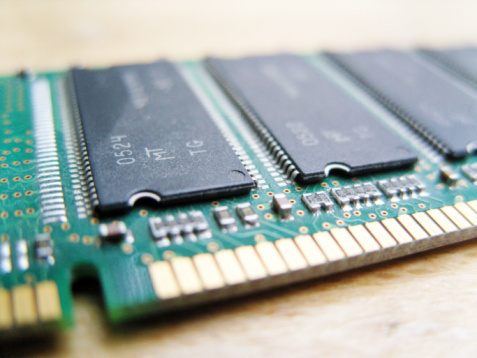What is a RAM Defragmenter?
A RAM “defragmenter” is a software that frees up wasted RAM on the computer in order to improve performance and prevent system failures. However, a RAM defragmenter does not defragment a computer’s memory. Rather, it stops processes that are using too much memory, not running properly, or associated with programs that are no longer on the computer.
How RAM Defragmenter Works
A RAM defragmenter runs in the computer background and analyzes its running processes in order to detect which ones are using too much memory. If the RAM defragmenter finds any, it stops them from running and displays a report to the user showing how much memory was freed. Users can manually do the same thing as a RAM defragmenter by opening the Task Manager (Ctrl + Alt + Del) and closing the process that is using too much memory or restarting the computer. However, a RAM defragmenter does not require a computer restart and can automatically close processes that are using too much memory.
Applications
A RAM defragmenter improves a computer’s performance by freeing wasted RAM. By doing so, the RAM defragmenter is able to speed up the computer, allow larger programs to run, and prevent system failures that occur when the computer does not have enough free memory to support all of its running processes. By displaying freed memory in a report, a RAM defragmenter also show the user which processes are using the most amount of memory and which ones do not need to be running.
Advantages
RAM defragmenters are advantageous because they automatically close processes that use too much memory rather than require the user to do so manually. This saves time and prevents the user from closing important processes. RAM defragmenters are also advantageous because they display which processes are using too much memory, how much memory it freed by closing those processes, and which processes did not need to be running at all.


Comments - No Responses to “What is a RAM Defragmenter?”
Sorry but comments are closed at this time.